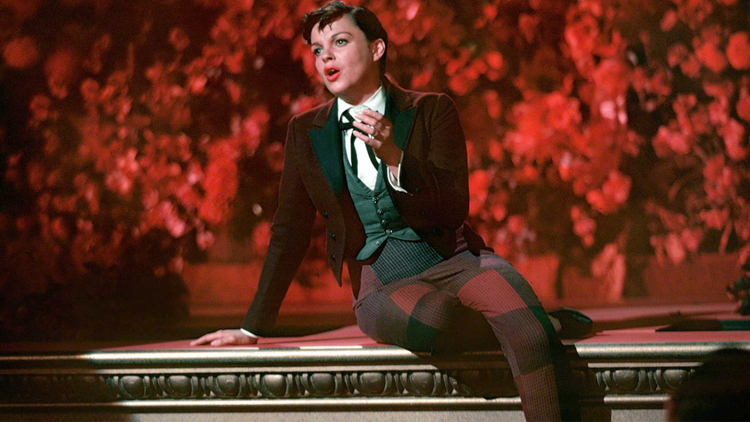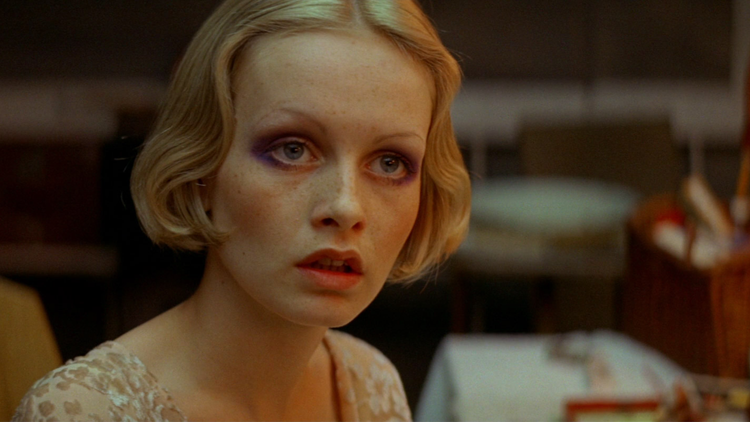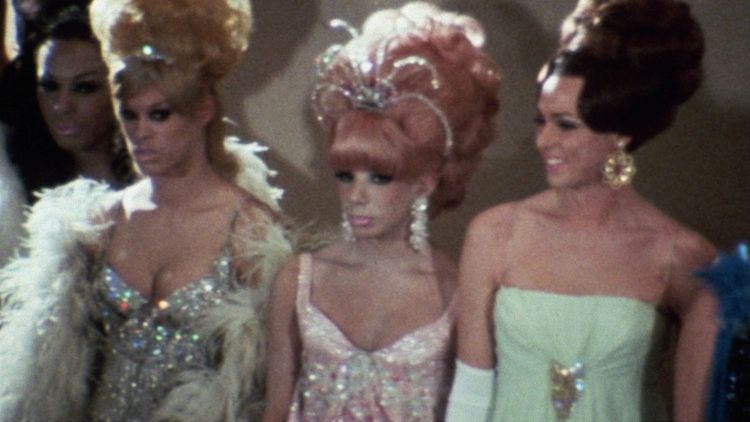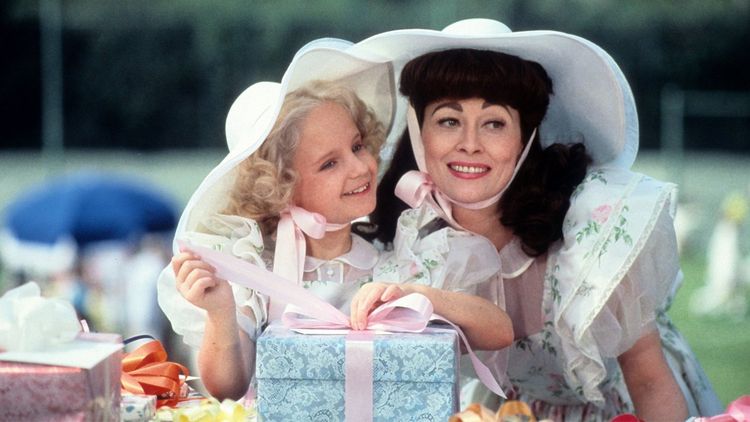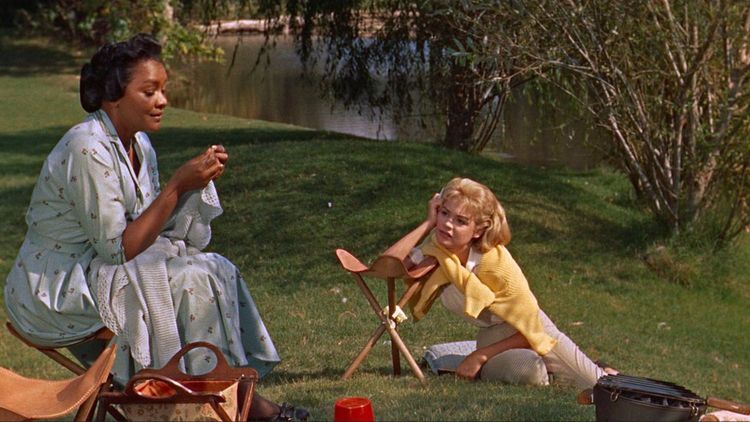'The Wolf Man' at the Revue: How Lon Chaney Jr. clawed cinema’s iconic monster onto the screen and into the pop culture psyche
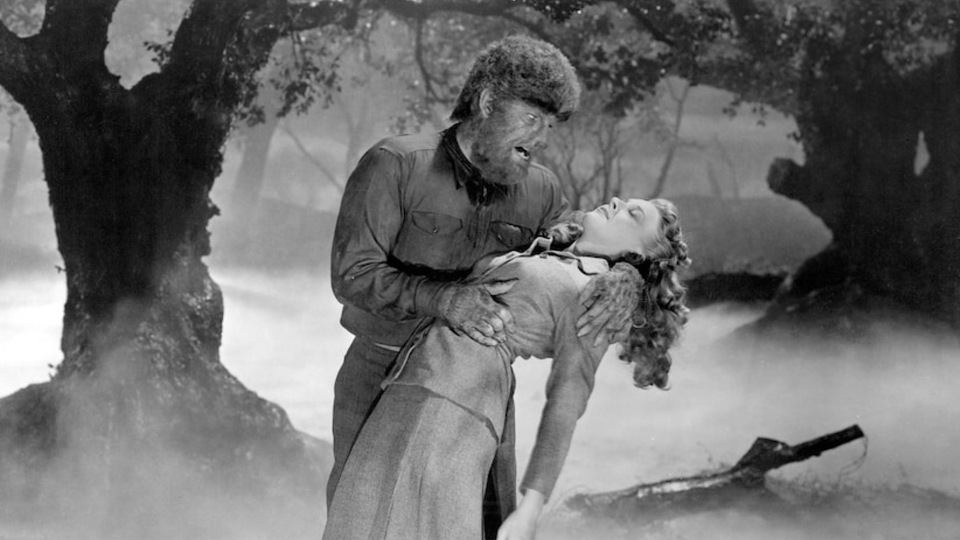
A caped vampire declares through a thick Hungarian accent, “I want to drink your blood.” A mad scientist screaming in ecstasy, “It’s alive! It’s alive!” A wild man thrashing through the forest, ripping open his shirt to reveal animal-like fur and, as the clouds part, letting off a howl at the full moon.
These foundational moments of horror are familiar even to those who have never watched the movies from which they derive, transmitted through the pop culture collective subconscious of sequels, knock-offs, sitcom tributes and Saturday morning cartoons. Remarkably, most of what we think of as the classic canon of horror comes from a handful of films produced by Universal Studios in the decades before 1950, primarily in the early 1930s.
The Wolf Man (1941), which screens at Revue Cinema on May 14th as part of an all-day marathon dedicated to werewolves, was a late-comer to the Universal monster franchise. By the time it came out the studio had already released enormously influential, and profitable titles such as The Phantom of the Opera (1925), Frankenstein (1931), Dracula (1931) and The Mummy (1932).
But the cinematic werewolf it unleashed has had a very long shelf life. The movie would beget four sequels in the 1940s, and later inspired I Was a Teenage Werewolf in the 1950s and Teen Wolf with Michael J. Fox in the 1980s (also screening at the Revue), which in turn was the loose basis of a 2010’s TV show of the same title. That’s, of course, without going into the pecs of Taylor Lautner in Twilight. Of the original monster menagerie, arguably only vampires have more continued cultural relevance.
So what is it about werewolves? I checked in with the only expert I know, my friend MJ Lyons, a Toronto-based writer and author of the fabulously titled book ‘Queer Werewolves Destroy Capitalism’.
“Werewolves are such a fantastic metaphor for the animal rage, chaos and darkness inside of all of us,” MJ said. “But they're also downtrodden, the underdogs. I can't think of many stories where characters choose to be werewolves. They're a metaphor for the sacred, uncontrollable wild inside us all, a part of us that is dangerous to tap into.” He paused. “Also, think of werewolf transformation sequences you've seen: muscles bulge, clothes tear off, convulsions, screams that turn into feral animal roars and suddenly you have this hulking beast-man standing before you. That's hot.”
The Wolf Man is a second-generation Universal monster movie in a literal sense: it stars Lon Chaney Jr., son of Lon Chaney, the horror genre’s first major star, who contorted and tortured his own face to play iconic roles like the Phantom, the Hunchback of Notre Dame and other walking nightmares. Just compare Chaney's startling, sunken-eyed visage as the Phantom compared to the way the same character is portrayed in all versions of the Andrew Lloyd Weber musical - an otherwise handsome face wearing a cut-off white mask.
Chaney Sr.’s movies don’t even need to exist anymore for their influence to be felt. For London After Midnight, a silent thriller from 1927 of which no copies survive, he donned a top hat, scraggy wig and inserted a row of sharpened shark teeth in his clown’s grimace. The surviving production photos were freaky enough to inspire the look of the Babadook.
Chaney was a huge star who, ironically despite all the disguises he wore, was said to be the first Hollywood celebrity to don dark sunglasses so he could go out in public. He would’ve added Dracula to his famous roles had he not died of throat cancer right before it started filming. The part instead went to the comparatively unknown Bela Lugosi, who had played the bloodsucking Count on stage, despite the fact that the Hungarian actor at the time spoke almost no English and memorized his lines phonetically.
Flash forward a decade. With the onset of World War II, culturally-speaking 1941 felt very distant from the early 1930s when the likes of Frankenstein and Dracula premiered. In casting Lon Chaney Jr. as the Wolf Man, Universal drew on its own legacy while attempting to breathe new life into a genre that was in danger of getting stale. Perhaps reflecting this context, The Wolf Man is haunted by the theme of fathers and sons.
Chaney Jr. plays Lawrence ‘Larry’ Talbot, the black sheep of a wealthy family who returns home after his brother’s death to be with his father, Sir John Talbot (played by the perpetually dapper Claude Rains). With a slightly dopey hangdog face, Chaney Jr. isn’t a traditional leading man, but he’s believable as the long-suffering, less-favoured child. The Talbots live in a palatial estate in a town that seems to be British (despite many American accents), complete with a glassed-walled observatory on the top floor. Sir John invites Larry to look through the telescope, which he promptly uses to spy into the bedroom of a pretty shop assistant in the village. (More shocking - once he meets her, he uses the fact that he knows the items on her bedroom dresser as a means of flirting with her, and it works!)
Larry takes her to the village fair, where they meet some travelling Romani people, including a fortune teller played by Dracula himself, Bela Lugosi - yet another Universal legacy call-back. Unfortunately, Lugosi’s fortune teller swiftly turns into a wolf and is shot, but not before biting Larry. We know where this is heading.
Although stories about people turning into wolves date back to classical antiquity, this film is credited with inventing some key pieces of werewolf lore, including that you become a werewolf after being bitten by one (I feel like the screenwriters cribbed Dracula on that one) and that the only way to kill a werewolf is with a silver bullet.
Additionally, the lines, “Even a man who is pure at heart, and says his prayers by night, may become a wolf when the wolfbane blooms and the autumn moon is bright” are sometimes cited as an authentic Eastern European poem, while in reality, the screenwriter made it up. Later films would add the importance of a full moon.
The film really hammers home a pseudo-Freudian explanation for werewolves, with Sir John in multiple scenes making clear the metaphor that we all have a monstrous side wanting to come out. It’s not surprising to learn that the film as it was originally conceived would leave it ambiguous as to whether Larry was really turning into a werewolf or not, with the monster never shown on screen. Pretty early on during development, however, the filmmakers realized you could not have a movie titled The Wolf Man without seeing a man made up like a wolf.
Speaking of which, when Larry eventually transforms into the creature, the resulting makeup is pretty impressive, even if his still-angular-shaped head is more simian than canine, and his oddly-rounded bouffant gives the impression of helmet hair. By the time he’s creeping around the fog-blanketed forest on pawed feet, his eyes seemingly glowing white against the dark fur, Chaney Jr. cuts a striking presence, and you do come to understand how the Wolf Man ended up alongside Dracula, the Phantom, and Frankenstein’s Monster in the Universal pantheon.
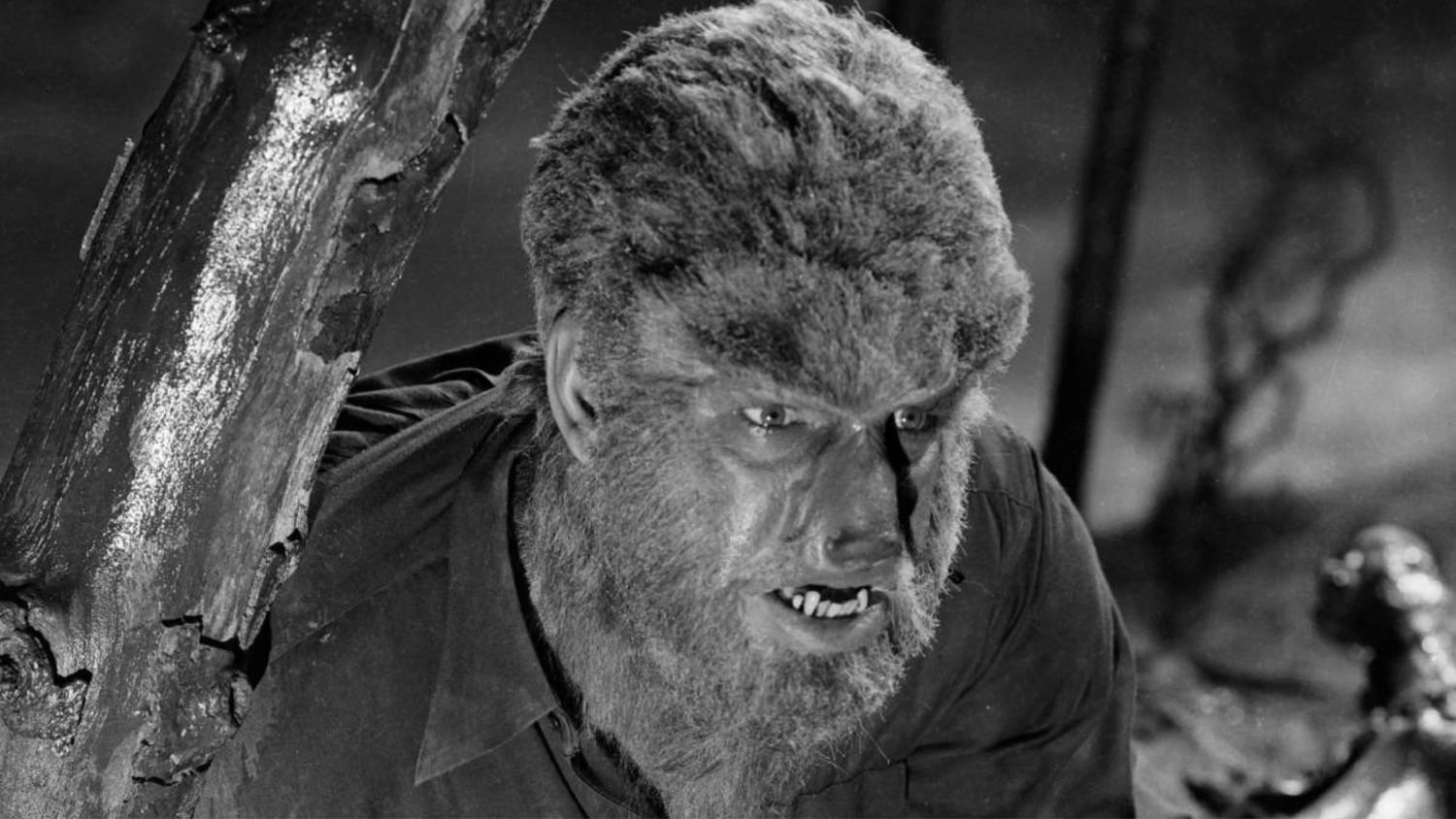
But whereas the actors playing those roles had to show the humanity in the monster, Chaney Jr. has the opposite task - since the viewer witnesses Larry change from man to beast, he has to convince us that we should fear his monstrous side, and here his performance lacks some of the sweat and guts it requires. I sense Chaney Jr. wasn’t a strong enough actor to fully dig deep into the animal rage and emotional chaos the creature should evoke and, unlike his father's characters, the Wolf Man's look isn't extreme enough to guarantee our revulsion. I wish a later method actor like Marlon Brando had gotten his claws on the part.
Instead, at the climax, we get the emotional payoff not from Chaney Jr., but from Claude Rains with Sir John’s understated but effective discovery of what his son has become. Dare I suggest that the upstaging of son by father is the real curse of the werewolf?
Max Mosher is a writer and communications specialist. He is a Senior Staff Writer and Old Hollywood Correspondent for The Town. You can follow him on Instagram.

